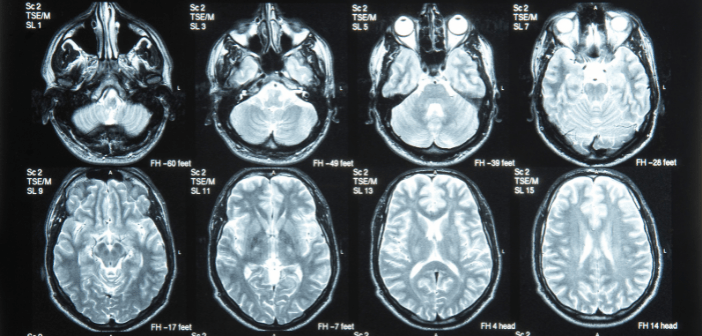First study in African Americans identifies blood biomarkers for Alzheimer’s disease

A recent study designed to address the under-representation of African Americans in Alzheimer’s disease research has identified six mRNA molecules present in the blood that may improve existing models of Alzheimer’s risk.
The diagnosis of Alzheimer’s disease, the most common form of dementia, is difficult. Other types of dementia may present the same symptoms, and symptoms may differ between people with the same disease. A true diagnosis of Alzheimer’s disease can only be made by performing a postmortem analysis of a patient’s brain to identify the signature protein plaques and tangles. The tests that can be performed while the patient is still alive include neuroimaging, which is expensive, and the analysis of cerebrospinal spinal fluid, which is invasive. Neither option is perfectly sensitive and specific.
Cheap, accurate and noninvasive tests for Alzheimer’s biomarkers would help make diagnosis more accessible for a wider range of individuals. There has been some research to identify Alzheimer’s biomarkers in the bloodstream but very few studies were performed with African American participants despite their having a statistically higher risk of developing the disease.
You may also be interested in:
- Poster: companion diagnostics for Alzheimer disease
- Epigenetic biomarkers in cheek swabs may identify risk of preterm childbirth
- Biomarker and Alzheimer disease: role of high sensitivity assays and the applications
The new study from researchers at the Mayo Clinic and the Wien Center for Alzheimer’s Disease and Memory Disorders (both FL, USA), which was published in eBioMedicine, was designed to discover mRNA biomarkers that were present in higher concentrations in the blood plasma of African American people diagnosed with Alzheimer’s disease than in African American people with no cognitive impairment. The researchers found elevated plasma levels of six mRNA molecules – encoded by genes CLU, APP, CD14, ABCA7, AKAP9 and APOE – in participants with Alzheimer’s disease.
The researchers then utilized a statistical model to test the diagnostic ability of these biomarkers. The model considered participants’ age, sex and APOE-ε4 allelic dosage – which are all established risk factors for Alzheimer’s disease – as a baseline. Adding these six mRNAs to other risk factors improved the model’s predicative ability by 8%, giving an area under the receiver operator curve of 0.77, generally considered to mean ‘fair’ to ‘good’ in sensitivity and specificity.
Joseph Reddy, Quantitative Health Sciences Researcher at the Mayo Clinic, stated:
“Having a comprehensive panel of biomarkers for use in screening will help with early detection of Alzheimer’s disease, and it will also contribute to intervention strategies that can delay and mitigate the onset of the disease. This could be especially relevant for African Americans – a population underrepresented in Alzheimer’s disease research – who were the focus of this study”
The researchers hope that their findings will guide future studies on the predicative utilizations of plasma mRNAs and contribute to the development of accurate and minimally invasive tests for Alzheimer’s disease in African Americans.
Sources: Reddy JS, Jin JL, Lincoln SJ, et al. Transcript levels in plasma contribute substantial predictive value as potential Alzheimer’s disease biomarkers in African Americans. eBioMedicine doi: j.ebiom.2022.103929 (2022) Mayo Clinic press release www.newsnetwork.mayoclinic.org/discussion/plasma-biomarker-screening-could-improve-accuracy-health-equity-in-alzheimers-disease-diagnosis/





